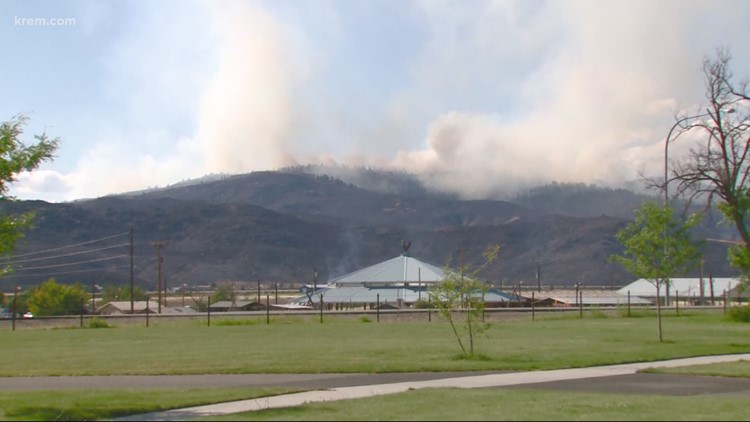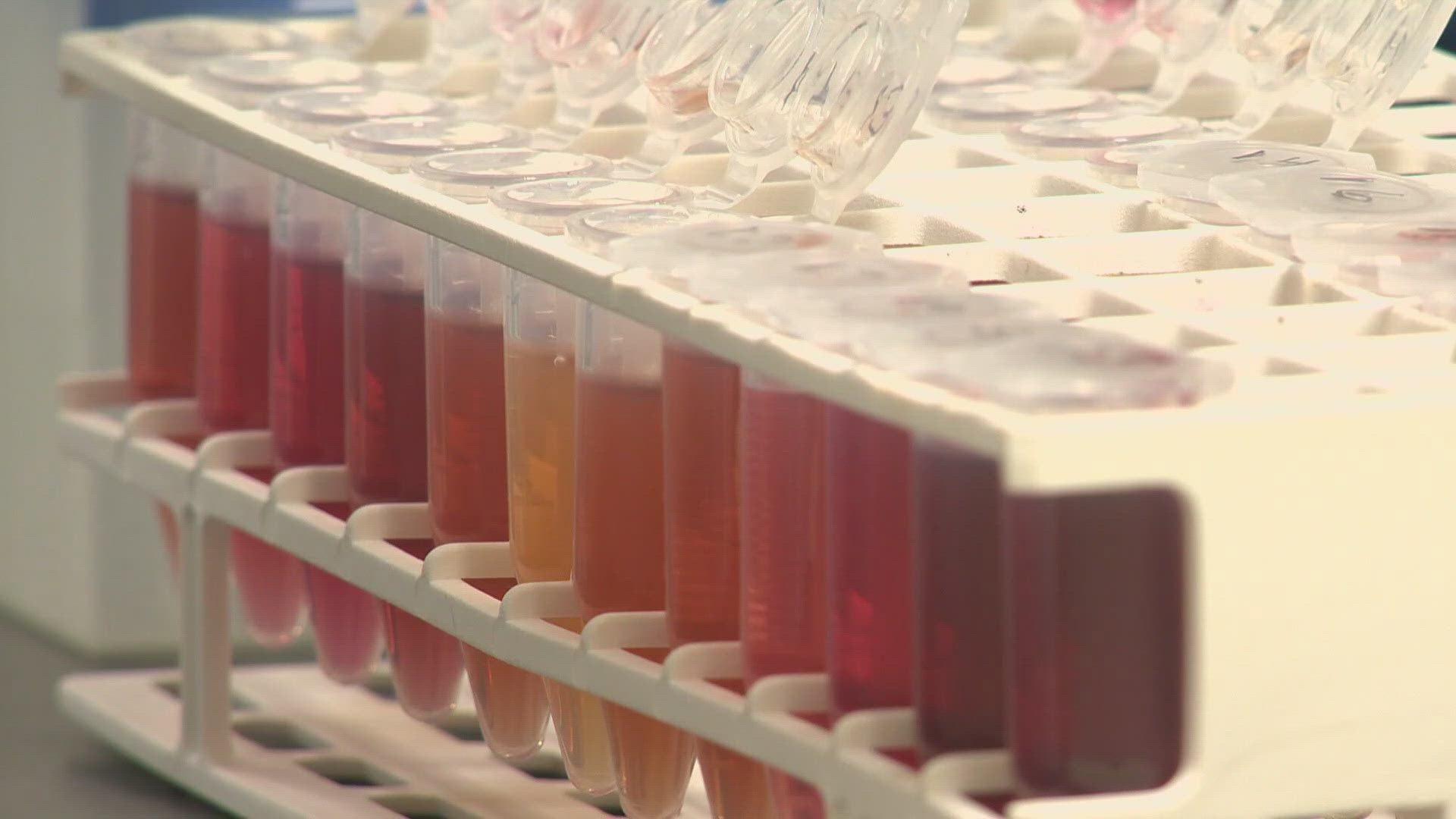WASHINGTON, USA — A statewide burn ban went into effect on July 28, and lasts until September 30 unless fire conditions improve, according to a press release from the Washington State Department of Natural Resources.
On August 14, DNR also banned shooting on its lands to help prevent wildfires. The ban goes into effect at midnight on Aug. 14.
Commissioner of Public Lands Hillary Franz signed the order Monday, preventing any outdoor burning, use of charcoal briquettes, and prescribed burns on all forest lands in Washington state, according to the order.
The ban was prompted by a spike in wildfires over the weekend, all in Eastern and central Washington, two of them are in Okanogan County. The release referenced the following fires as reason for the ban:
- The Colockum Fire near Wenatchee, which has burned 3,337 acres. Approximately, 2,305 of those acres are DNR jurisdiction. The other 1,032 acres are on Chelan County Fire District 1 jurisdiction.
- The second largest is the Anglin Fire, located just east of Tonasket, is estimated at 1,200 acres and growing.
- The Greenhouse Fire near Nespelem has burned 5,146 acres and is at 64% containment.
- The Green Fire, near Synarep, is at roughly 700 acres and is, at this point, uncontained.
The order applies to 12 million acres of public and private land across the state.
“We simply cannot take any chances right now with wildfire potential so great,” said Commissioner Franz. “Recent hot weather has set the stage for fires to start easily and grow quickly – any spark can set off a megafire. I ask that we all do our part to prevent wildfires and keep our communities safe by abiding by this burn ban and being extremely cautious when it comes to activities that could start a fire.”
Franz added that the public should wait for wetter conditions to burn yard debris, set up campfires, or use equipment that could create sparks.
“We are entering a critical period for our firefighters with temperatures rising and rapidly drying fuels on the ground,” said George Geissler, deputy for DNR's wildfire division. “We’ll continue to respond with our air and ground assets as needed, but we hope the public will take the burn ban seriously. Not only are we putting firefighters in danger with each wildfire, but we are also risking their exposure to COVID-19 with smoky conditions and a close working environment. We want and need healthy first responders for the duration of the wildfire season.”
The DNR responded to 906 incidents so far this season across the state.



